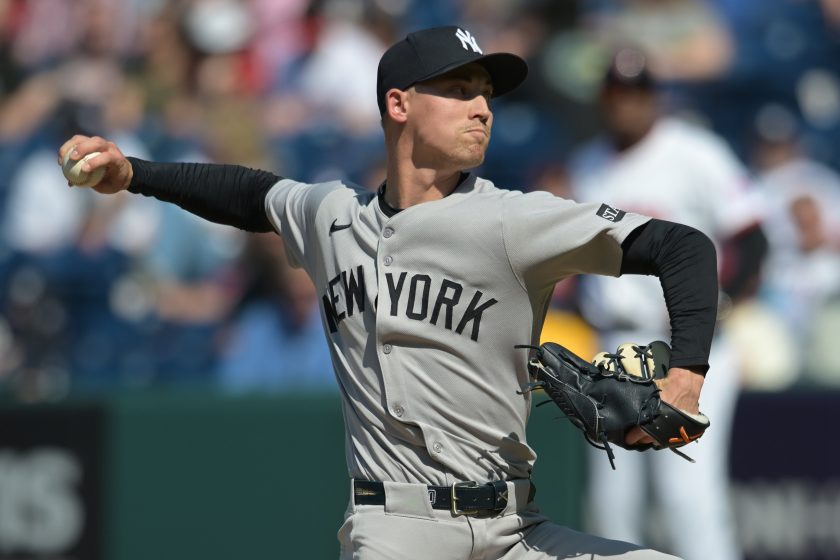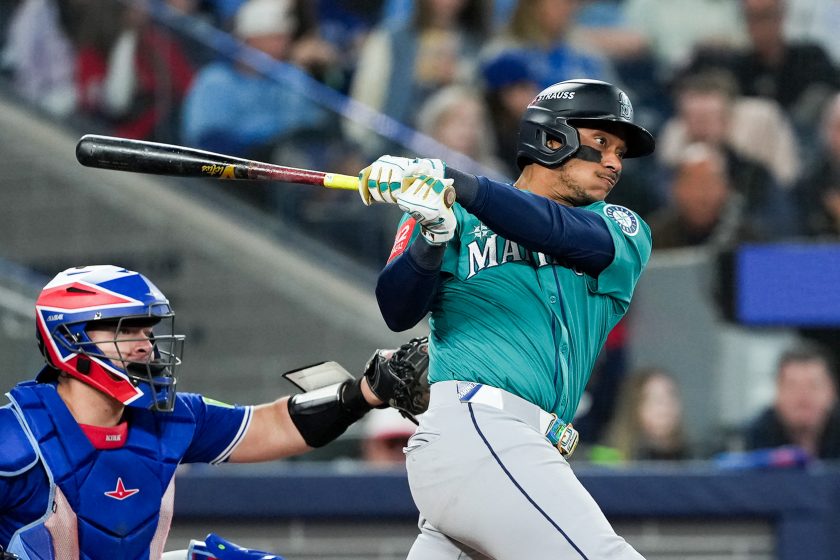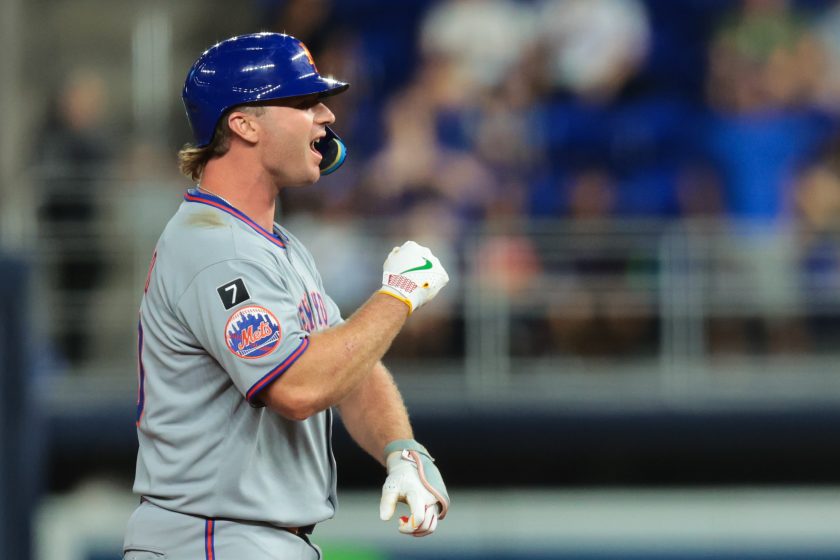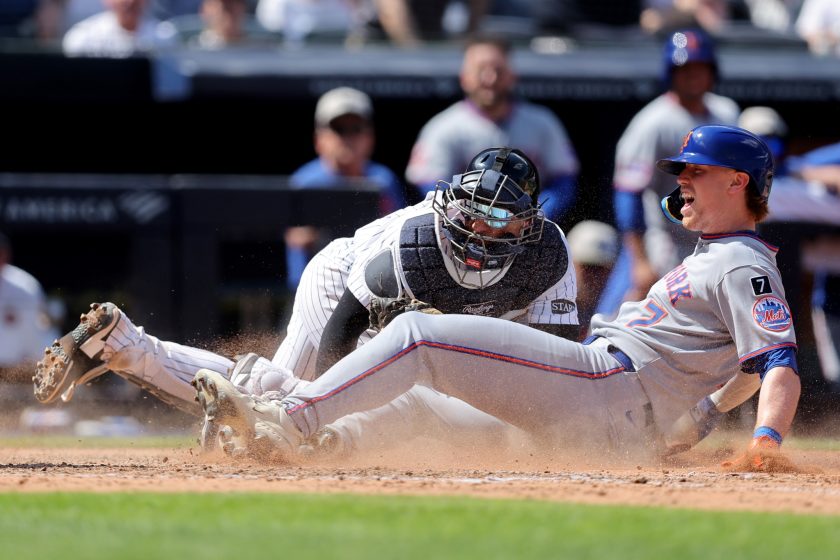Here’s a crucial adjustment Mets’ Carlos Carrasco must make vs. Athletics
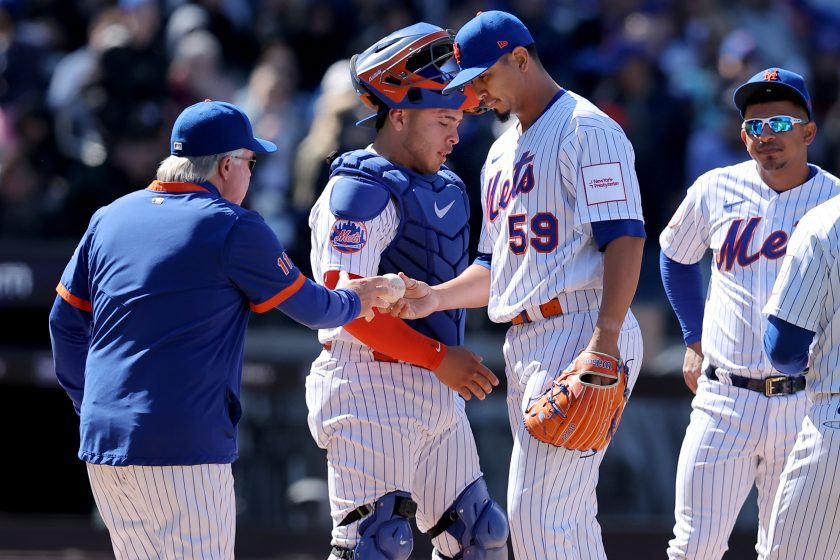
When free agency officially kicked off last winter, the Mets’ starting rotation was quite empty. Max Scherzer was the only veteran guaranteed to be back in 2023. Carlos Carrasco could’ve become a free agent, but New York decided to exercise his $14 million team option instead.
It made sense from a logistical standpoint. We know Steve Cohen doesn’t mind spending money, so Carrasco’s price point wasn’t an issue. Anything can happen in free agency, and while the Mets hoped to re-stock the rotation, they needed a little insurance. In a worst-case scenario, having a veteran right-hander who just won 15 games with a 3.97 ERA as your fifth starter ain’t too shabby. Or is it?
Carrasco will toe the slab Saturday afternoon in Oakland against the Athletics. His first two starts have left a lot to be desired. He’s 0-2 with an 11.42 ERA and 1.96 WHIP through 8.2 innings. The hurler’s performance has been worth -0.3 fWAR, while his walk rate (16.7%) is currently higher than his strikeout rate (11.9%).
He’s already been bitten by the home run ball (Carrasco has allowed three), but his walk rate is a true concern. Metsmerized’s Mathew Brownstein noticed an issue that’s likely the root cause:
Something I noticed in Carlos Carrasco's first two starts of the '23 season: He's not getting ahead early in the count.
Here are Carrasco's 1st pitch strike percentages since 2018:
2018: 64.9
2019: 65.4
2020: 63.9
2021: 64.6
2022: 68.4
2023: 45.2@Metsmerized #Mets #LGM pic.twitter.com/nKTN5ItjR3— Mathew Brownstein (@MBrownstein89) April 10, 2023
Yea, that’ll do it. Putting MLB hitters away is hard enough when you’re firing on all cylinders. But when you’re starting behind in the count more often than not, it’s that much harder. One would have to imagine the pitch clock is still something he’s trying to get acclimated to, as well.
Carrasco doesn’t have overpowering stuff. Between 2018 and 2022, his average fastball velocity settled somewhere between 93.3 and 93.9 mph. So far in 2023, though, that number is 91.3 mph.
With decreased velocity, having pinpoint control of his arsenal is vital. He needs to get ahead early in counts so he can dictate the at-bat and control the opposing hitter’s quality of contact. That obviously hasn’t happened yet. Carrasco’s soft-hit rate is currently at 3.3%, while he’s allowing hard contact at a 36.7% clip.
The results on his four-seamer have been eye-opening this year, and not in a good way. That offering has produced a 25.0% walk rate and 8.3% strikeout rate to go along with a .972 OPS from opposing hitters.
Constantly being behind hitters is impacting his pitch mix, too. Although Carrasco’s 10.1% curveball usage is an increase from last year (5.7%), his slider usage has gone from 23.2% to 15.6%. That’s no good since it’s historically been one of his most effective pitches.
So, Cookie has some work to do, and it begins on Saturday in Oakland. He must get ahead of hitters early in order to dictate the pace (and hopefully get more comfortable with the pitch clock).
You can reach Matt Musico at matt.musico@xlmedia.com. You can follow him on Twitter: @mmusico8.
Matt Musico is an editor for ESNY. He’s been writing about baseball and the Mets for the past decade. His work has been featured on numberFire, MetsMerized Online, Bleacher Report, and Yahoo! Sports.

